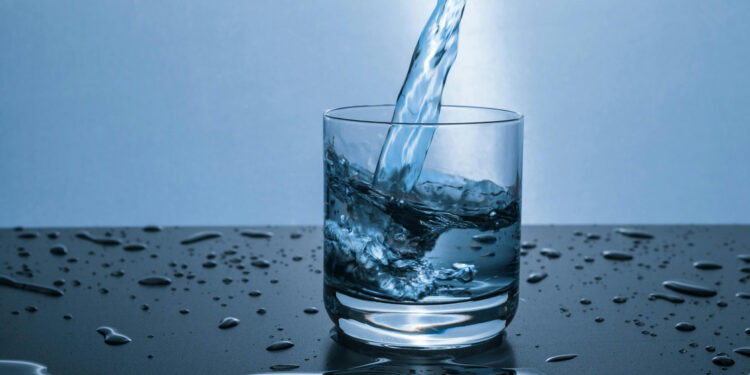A gente cresceu ouvindo que a água tem três formas: líquida, sólida e gasosa. Mas e se a gente dissesse que existe uma quarta forma, meio gelo, meio líquida, com um nome que parece saído de um filme sci-fi? Pois é, apresentamos a você: plástica ice VII, a recém-confirmada e nada convencional versão da água.
Essa criatura esquisita da química não se forma na nossa geladeira, mas sob condições que lembram mais o interior de planetas malucos: pressão 60 mil vezes maior que a da Terra e calor de fritar qualquer coisa – tipo 327°C. Foi nessas condições surreais que um grupo de cientistas do Institut Laue-Langevin, na França, conseguiu criar esse novo tipo de gelo que a ciência só havia teorizado até agora.
E o nome “plástico” não é por acaso. Essa versão estranha do gelo tem uma estrutura bagunçada, onde os átomos de hidrogênio giram loucamente, como se estivessem numa rave microscópica. Isso deixa o material com características de sólido e líquido ao mesmo tempo. Sim, isso é tão esquisito quanto parece.
Os pesquisadores usaram um método de investigação tão nerd quanto necessário, chamado QENS (quasi-elastic neutron scattering, ou em português, espalhamento de nêutrons quase elástico). Essa técnica espiã dos átomos permite observar como as moléculas se mexem nas condições mais extremas possíveis. E foi justamente ela que confirmou uma suspeita antiga: o hidrogênio nessa tal ice VII se comporta de forma bem diferente do esperado. Nada de movimento certinho – é tudo fora da curva.
Essa descoberta pode mudar o jeito como a gente entende água fora da Terra. Em planetas gelados como Netuno, Urano ou até a lua Europa de Júpiter, essa água mutante pode estar escondida lá dentro, influenciando tudo, até as chances de vida.
No fim das contas, a água – essa substância aparentemente simples – mostrou que ainda tem muitos truques na manga. E a ice VII é, com certeza, um dos mais estranhos até agora.
Plastic Water?! Scientists Create Bizarre Form That Might Exist on Other Planets
Under insane heat and skull-crushing pressure, the mysterious “ice VII” shakes up everything we thought we knew about water.
We all grew up hearing that water comes in three forms: liquid, solid, and gas. But what if we told you there’s a fourth form—part ice, part liquid—with a name that sounds straight out of a sci-fi movie? Meet plastic ice VII, the newly confirmed and totally unconventional version of water.
This weirdo of the chemistry world doesn’t pop up in your freezer. It forms under conditions more like the insides of wild planets: pressure 60,000 times higher than Earth’s and heat that could fry just about anything—think 327°C (620°F). That’s the recipe a team of scientists from the Institut Laue-Langevin in France used to create this new kind of ice, which until now only existed in theory.
And the name “plastic” isn’t just for fun. This strange ice has a messy structure, where hydrogen atoms spin like they’re at a microscopic rave. That makes the material act like a solid and a liquid at the same time. Yep—it’s just as weird as it sounds.
The researchers used a super nerdy (and super necessary) method called QENS—quasi-elastic neutron scattering. This atomic spy technique lets scientists watch how molecules move under the most extreme conditions. And that’s how they confirmed an old suspicion: the hydrogen in this ice VII behaves in a totally unexpected way. No neat, predictable motion here—it’s all chaos.
This discovery could change the way we think about water beyond Earth. On icy planets like Neptune, Uranus, or even Jupiter’s moon Europa, this mutant water could be hiding deep below the surface—maybe even affecting the odds of life.
In the end, water—this supposedly simple substance—still has plenty of tricks up its sleeve. And ice VII is, without a doubt, one of the strangest ones yet.

































